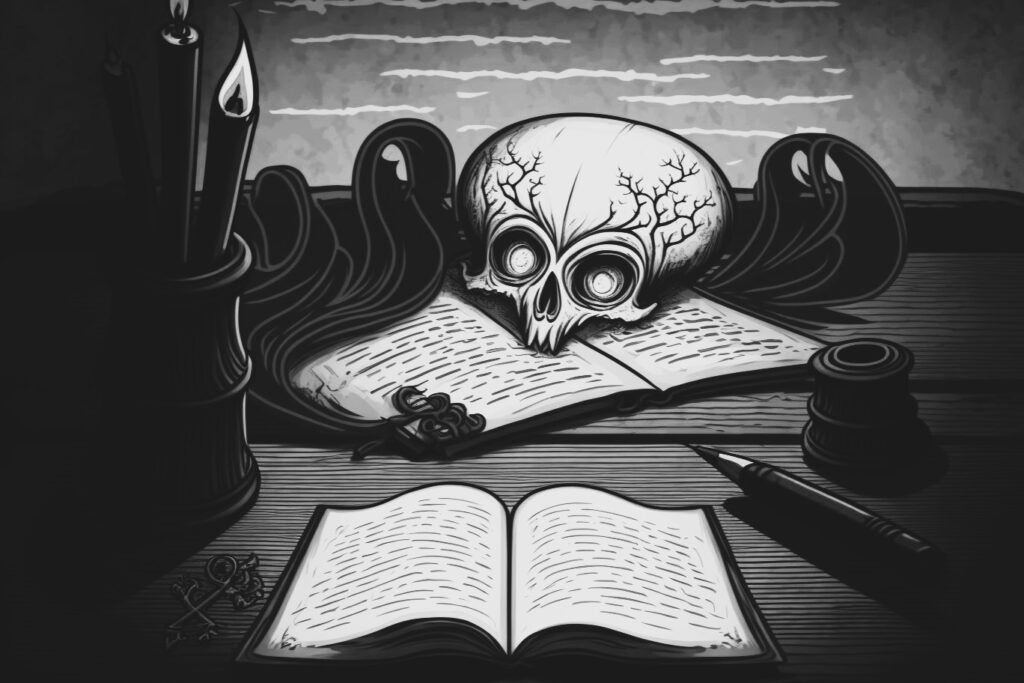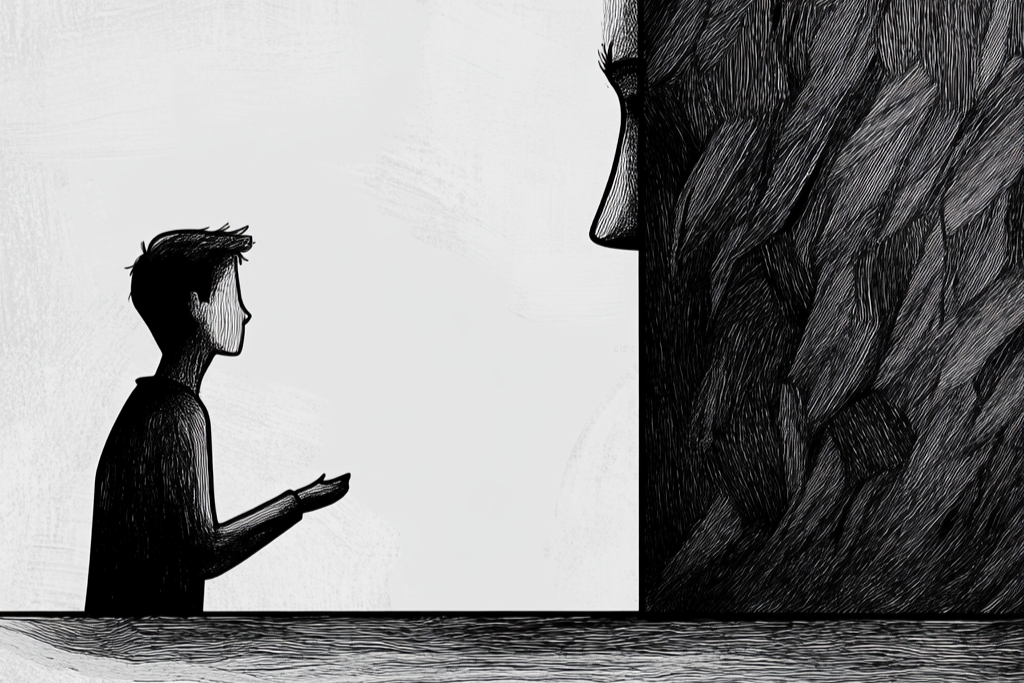The plot is the sequence of events that unfold in a story, or the mechanism by which the writer decides what information to reveal, in what order, and what information to hold back.
This mirrors how we learn about someone’s story in real life—often out of chronological order, from multiple sources, with missing details we piece together to complete the picture.
Information can be revealed in varied ways: through flashbacks and flash-forwards (scenes set in the past or the future of the story timeline), foreshadowing (hints that prepare the reader for what’s coming), surprise (misdirection), and suspense (delays in fulfilling expectations).
These techniques transform a simple account of events into a story that resonates emotionally.
Consider the shortest story:
The last man on Earth sat alone in a room. There was a knock on the door.
The simple juxtaposition of two sentences is enough to create tension and intrigue.
Reorganizing the order of events can change a story’s emotional impact. Events happen because of what has come before, without needing extra words. Write each event in simple structure form and create emotion and engagement by deciding on how to order them. Each subsequent sentence builds intent naturally, without additional explanation.
Take these events:
- Francesca received a mysterious letter.
- Francesca found out her best friend lied to her.
- Francesca left town that night.
The chronological order—Francesca receives the letter, learns about the lie, and leaves town–builds a logical progression, creates a sense of betrayal, evokes empathy.
A non-linear order–Francesca learns about the lie, leaves town, then receives a mysterious letter–creates suspense and a sense of mystery about her motivations.
If you don’t know where to start, do this: Select one well known location (the town you’re in or a fictional town based on it), a single point of view (me and I), a short time frame (a day or a week), and a chronological structure with flashbacks.


